Building
In the context of construction flow, the term “building” typically refers to the process of constructing a structure—whether residential, commercial, or industrial—using various materials, techniques, and resources. However, when discussing “building” within the flow of construction, it might refer to several specific aspects:
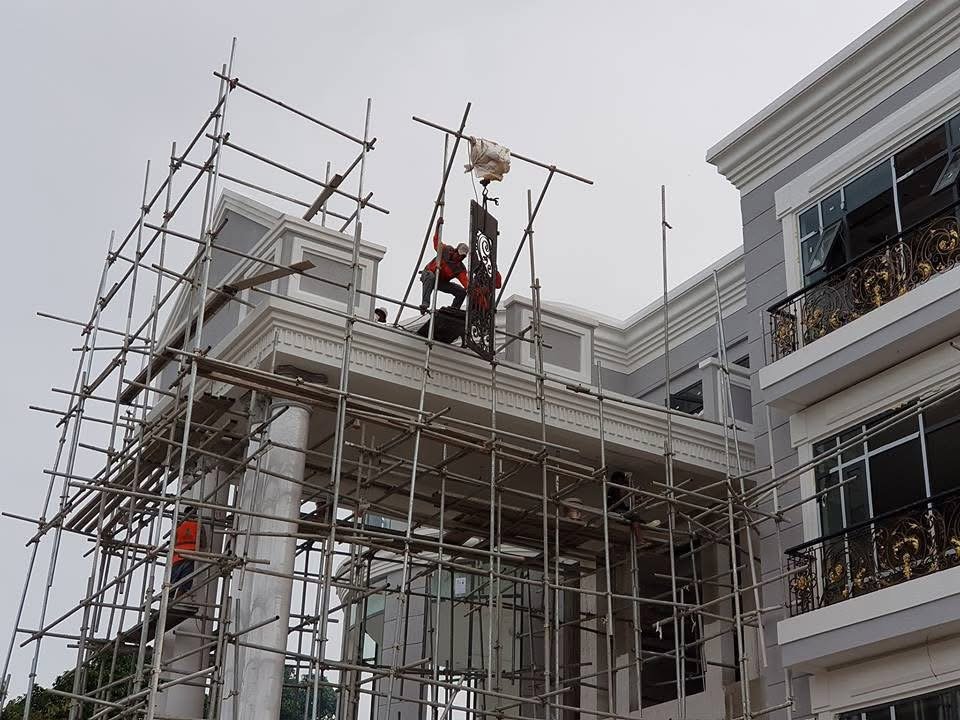
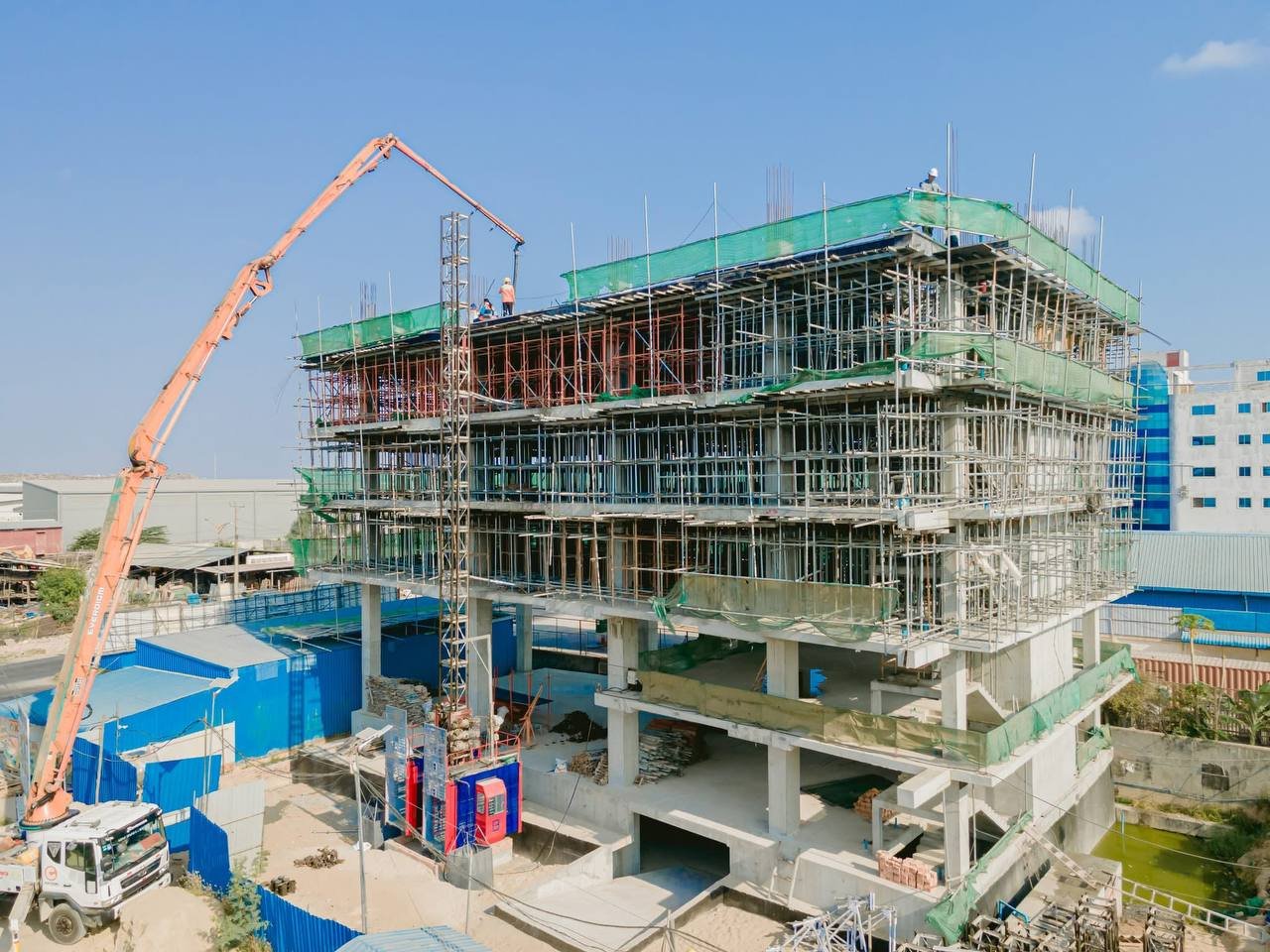
Physical Construction of a Structure
- The term might simply refer to the process of erecting a building, where different stages of construction—such as site preparation, foundation laying, structural work, electrical and plumbing installations, interior and exterior finishing, and final inspection—are completed in a sequential flow.
Building Process in Workflow
- In construction management, “building” may refer to the sequence of tasks or processes involved in the development of a project. This includes everything from planning and design, through procurement, construction, and eventual project handover.
- This “construction flow” includes milestones like:
- Pre-construction phase (design, permits, material procurement)
- Construction phase (foundation, superstructure, roofing, etc.)
- Post-construction phase (inspection, commissioning, turnover)
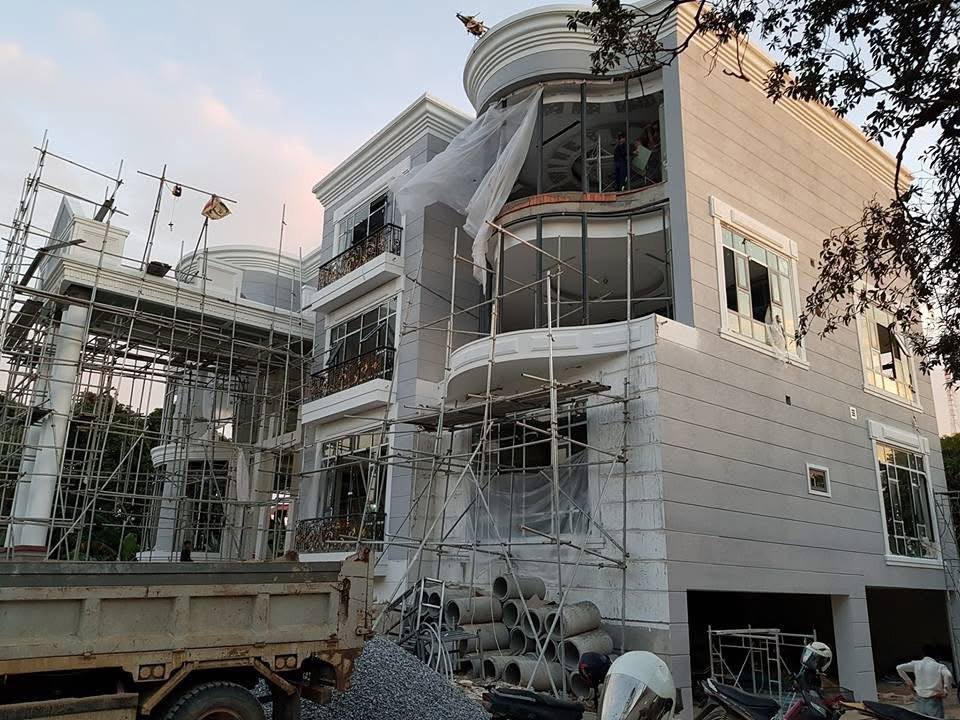
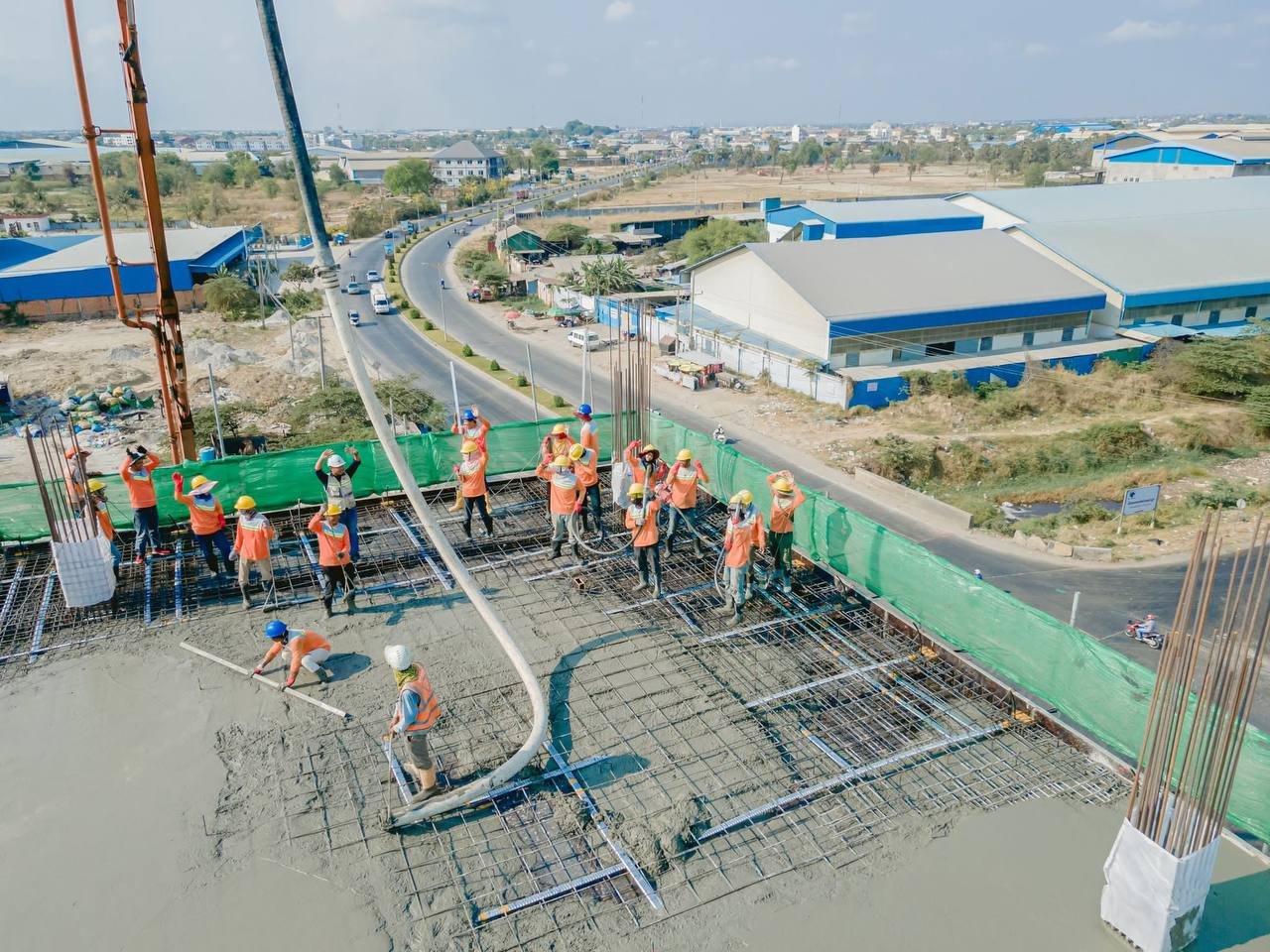
Building as a Sub-component in the Flow
- The term might simply refer to the process of erecting a building, where different stages of construction—such as site preparation, foundation laying, structural work, electrical and plumbing installations, interior and exterior finishing, and final inspection—are completed in a sequential flow.
Building Information Modeling (BIM)
- In the context of modern construction management, “building” may also be associated with digital tools like Building Information Modeling (BIM). BIM allows for a digital representation of the building and construction flow, ensuring that all stakeholders (designers, contractors, engineers, etc.) are aligned in terms of the project’s objectives and real-time changes to design or schedule.
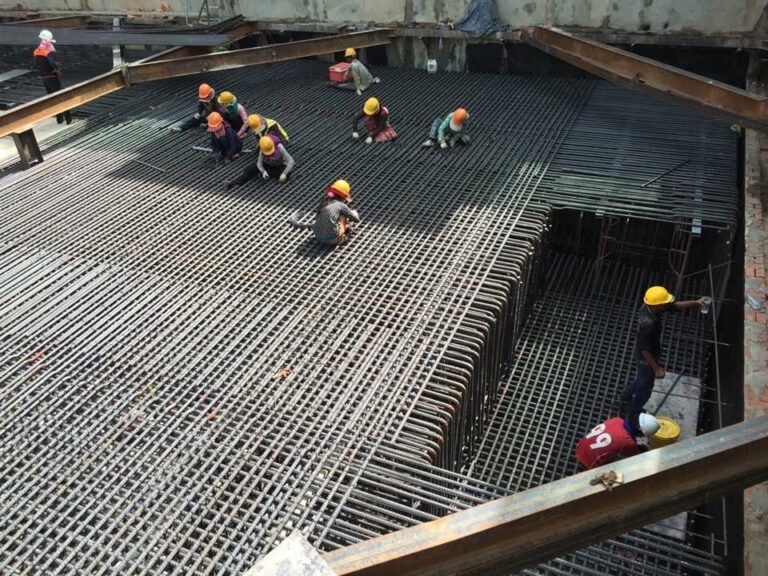
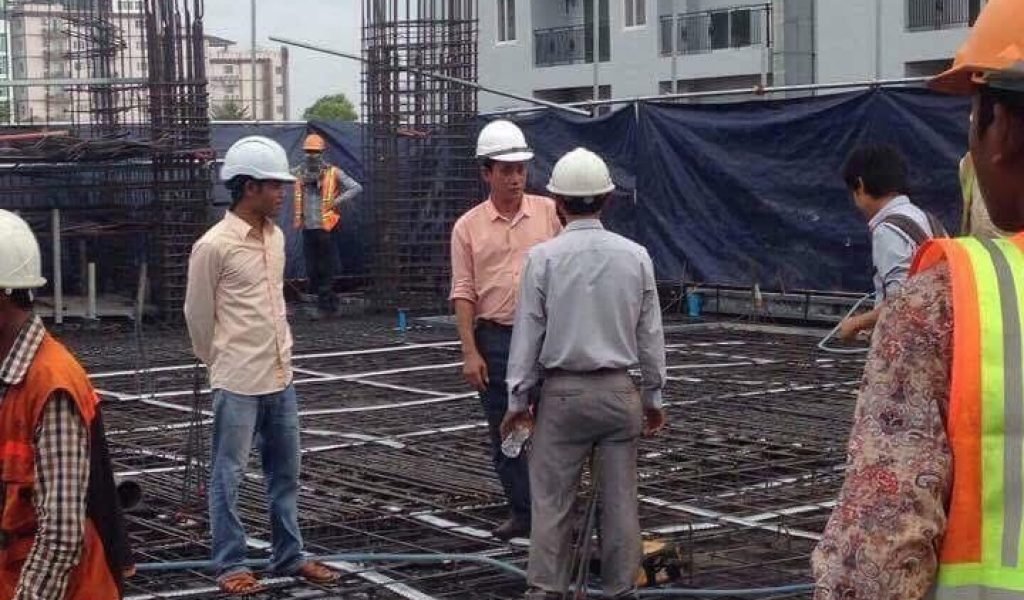
Building Codes and Regulations
- Building may also refer to compliance with legal and regulatory requirements that guide the flow of construction activities. Adhering to local building codes, safety standards, and environmental regulations often defines the flow of how construction proceeds from start to finish.
Our Customer
User Name : Hem Phalla
Coffee and Restaurant:
ERP systems streamline restaurant operations by integrating inventory, sales, and accounting into one platform, reducing food waste and optimizing stock levels with real-time data. They provide insights into customer preferences, aiding in better menu planning and marketing strategies. By automating payroll, scheduling, and supplier management, ERP systems enhance efficiency and improve customer service through faster order processing and accurate billing.
User Name : Ho Pagnavy
Construction Store:
ERP systems for retail with multiple branches centralize management, ensuring consistent inventory control and pricing across locations. They enable real-time data sharing for better decision-making and optimized stock levels. By standardizing processes, ERP systems enhance efficiency and profitability while maintaining uniform customer experiences.
User Name : Ou Mony
Wrought Iron:
ERP systems for wrought iron companies streamline production processes by integrating inventory management, order tracking, and project scheduling. They help maintain optimal stock levels, reduce material waste, and ensure timely deliveries. Additionally, ERP solutions provide detailed insights into production costs and project timelines, enhancing decision-making and profitability.
User Name : Nhan Didaro
CRM systems for CST improve customer interactions by providing a centralized platform for managing customer data, communication, and sales activities. They enhance customer service and satisfaction by enabling personalized marketing and support, while also offering valuable insights into customer preferences and behavior. By streamlining sales processes and tracking customer interactions, CRM solutions help CST build stronger relationships and drive business growth.
